1. Medicine and Healthcare
Nanotechnology has revolutionized drug delivery systems, allowing for targeted treatment of diseases with minimal side effects. It has also led to the development of advanced diagnostic tools and nanomaterials for tissue engineering and regenerative medicine.
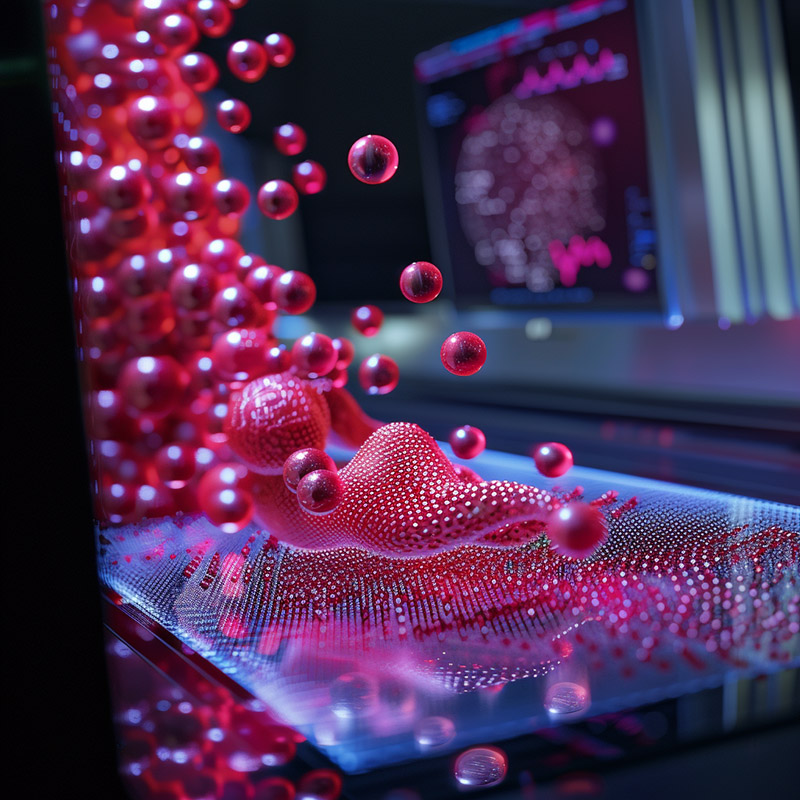
Medicine Before Nanotech
Traditional drug delivery systems often struggled with nonspecific distribution, where medication affected both healthy and diseased cells, leading to side effects and reduced efficacy. Diagnostic tools were less sensitive, making early disease detection challenging.
Medicine After Nanotech
Nanotechnology has enabled targeted drug delivery, where nanoparticles are engineered to deliver medication directly to diseased cells, sparing healthy ones and reducing side effects. Diagnostic tools have become more sensitive and accurate, allowing for earlier disease detection and treatment, significantly improving patient outcomes.
2. Electronics and Computing
The miniaturization of electronic components through nanotechnology has enabled the development of faster, smaller, and more efficient devices, including transistors, sensors, and quantum dots for displays.
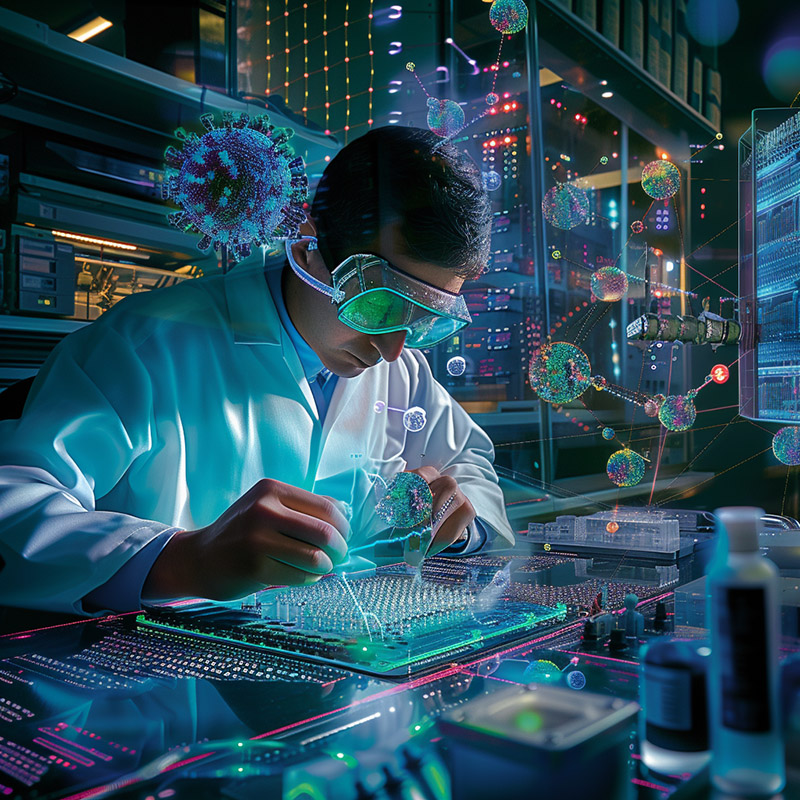
Electronics Before Nanotech
Electronic devices were limited by the size of their components, making it challenging to continue reducing the size of devices while improving their performance and energy efficiency as dictated by Moore's Law.
Electronics After Nanotech
Nanotechnology has allowed for the production of nanoscale transistors and components, dramatically increasing the power and efficiency of electronic devices. This has led to the development of smaller, faster, and more energy-efficient gadgets, from smartphones to computers, revolutionizing the electronics industry.
3. Energy Production and Storage
Nanotechnology has improved the efficiency of solar panels, developed better energy storage solutions like nanomaterial-based batteries, and created innovative ways to capture and store renewable energy.
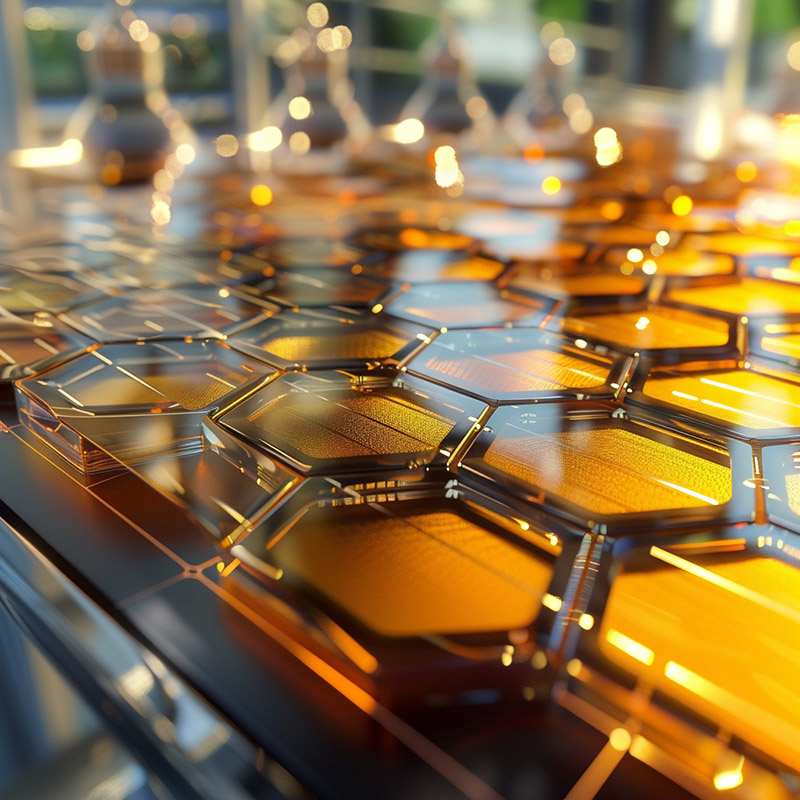
Energy Production Before Nanotech
Solar panels and batteries had lower efficiencies and higher costs, partly due to the limitations of materials and technologies used in their production. This made renewable energy sources less competitive compared to fossil fuels.
Energy Production After Nanotech
Nanotechnology has improved the efficiency of solar panels and batteries by enhancing their material properties at the nanoscale. Nanostructured materials in solar cells can capture more sunlight, and nanomaterials in batteries provide greater energy storage capacity, making renewable energy sources more viable and affordable.
4. Environmental Science
Nanotechnology is used in environmental remediation techniques to clean up pollutants at the molecular level. It also offers solutions for water purification, air filtration, and the development of sustainable materials.

Environmental Science Before Nanotech
Environmental remediation techniques were often costly and inefficient, struggling to remove pollutants completely from water and soil. Air and water purification systems were less effective in trapping and neutralizing contaminants.
Environmental Science After Nanotech
Nanotechnology has introduced more effective environmental remediation methods, using nanoparticles to target and neutralize pollutants at the molecular level. Nanofilters in air and water purification systems can trap even the smallest contaminants, significantly improving the quality of air and water.
5. Material Science and Engineering
The creation of nanocomposites and nanostructured materials has led to the development of materials with enhanced strength, durability, and functionality, impacting industries from construction to aerospace.
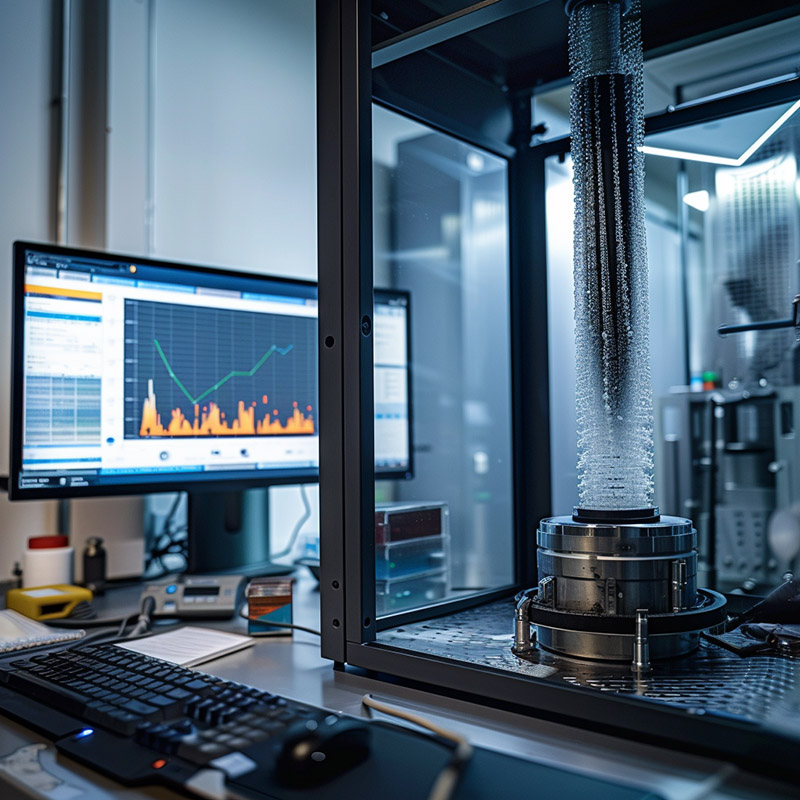
Material Science Before Nanotech
Materials used in construction, manufacturing, and product design had limitations in strength, durability, and functionality, restricting the performance and efficiency of applications across various industries.
Material Science After Nanotech
The development of nano-composites and nanostructured materials has led to breakthroughs in material properties, including increased strength, heat resistance, and novel functionalities like self-healing properties. This has broadened the possibilities for innovation in industries from aerospace to consumer products.
6. Chemical Engineering
Nanocatalysts, engineered at the nanoscale, have significantly improved the efficiency of chemical reactions, leading to more sustainable industrial processes with lower energy consumption and reduced waste.
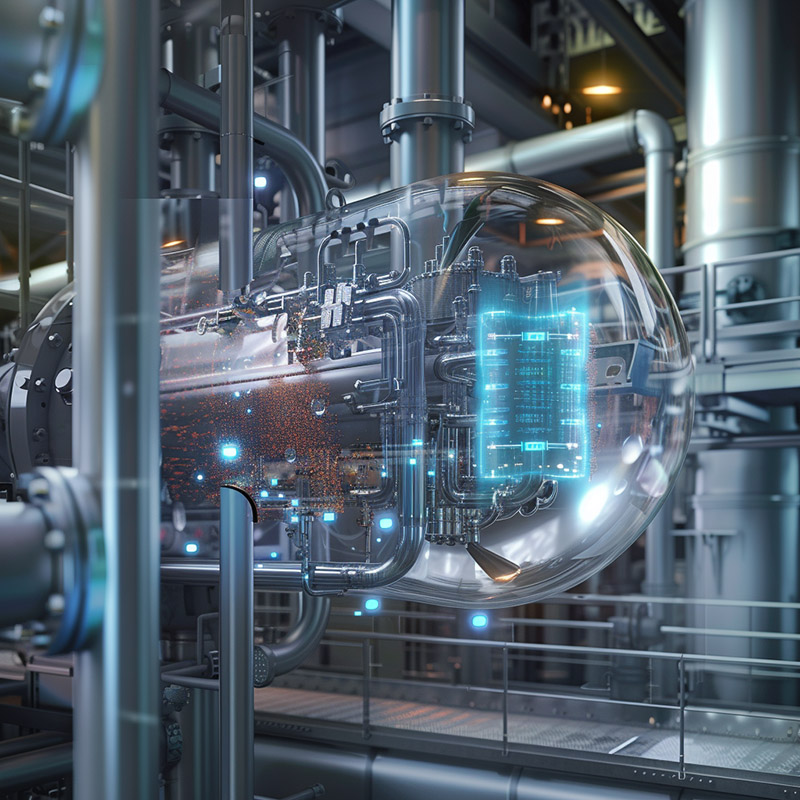
Chemistry Before Nanotech
Chemical processes often required high energy inputs and produced significant waste, impacting both efficiency and environmental sustainability. Catalysts used in reactions were less efficient, affecting the overall process yield.
Chemistry After Nanotech
Nanocatalysts have revolutionized chemical engineering by increasing the efficiency of chemical reactions, reducing energy consumption, and minimizing waste. This has made chemical processes more sustainable and cost-effective, contributing to greener manufacturing practices.
7. Biotechnology
Nanotechnology has facilitated the manipulation of biological systems for applications in drug development, genetic engineering, and the creation of biosensors, enhancing our ability to diagnose, treat, and monitor various diseases.
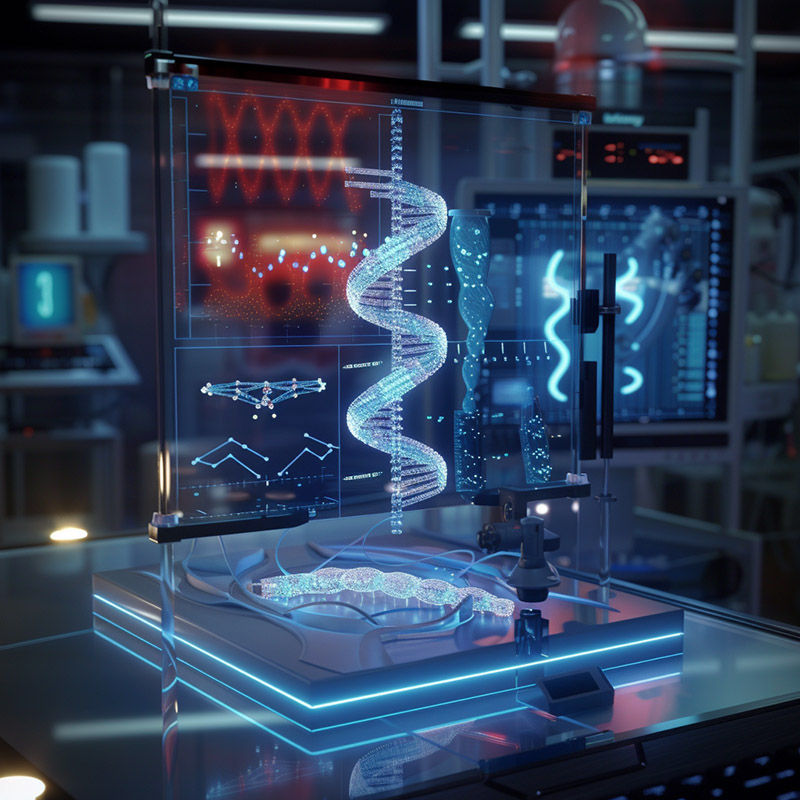
Biotechnology Before Nanotech
Biotechnological applications were limited by the tools available for manipulating biological systems, making it difficult to engineer solutions for complex health issues, agricultural productivity, and environmental sustainability.
Biotechnology After Nanotech
Nanotechnology has enabled precise manipulation of biological systems, improving drug development, crop engineering, and environmental bioremediation. Nano-biosensors and nanoscale delivery systems have opened new frontiers in diagnostics, therapeutics, and agricultural efficiency.
8. Food Science
Nanotechnology has been applied to develop smarter packaging that extends the shelf life of food, improve the nutritional content of food products, and create nano-encapsulated flavor enhancers that can be released upon consumption.

Food Science Before Nanotech
Food preservation, safety, and enhancement relied on traditional methods that sometimes compromised the nutritional value, flavor, or shelf life of food products. Packaging materials offered limited protection against spoilage and contamination.
Food Science After Nanotech
Nanotechnology has led to the development of smarter food packaging that actively improves shelf life and safety. Nano-encapsulation techniques enhance the delivery of nutrients and flavors, offering new ways to fortify foods without altering their taste or appearance.
9. Textiles and Clothing
The integration of nanotechnology in textiles has led to the creation of fabrics with unique properties, such as water repellency, stain resistance, increased strength, and the ability to conduct electricity or monitor health.
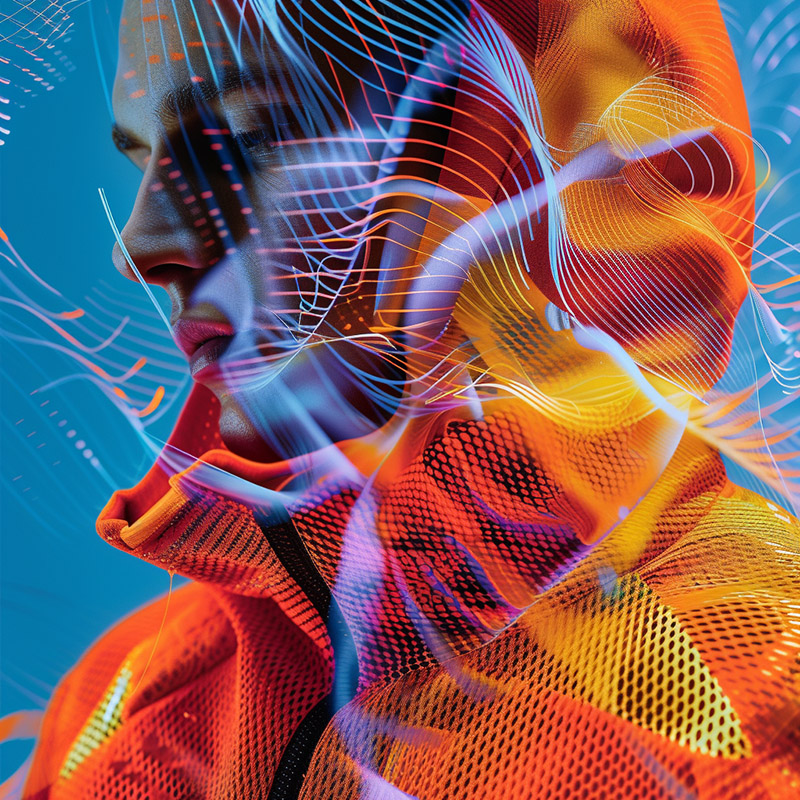
Textiles Before Nanotech
Textile products had limited functionality, with consumers having to choose between aesthetics and performance features like water resistance, durability, or breathability.
Textiles After Nanotech
Nanotechnology has transformed textiles by integrating advanced functionalities without compromising on comfort or design. Nano-treated fabrics now offer stain resistance, water repellency, UV protection, and even electronic capabilities, such as health monitoring, without altering the look or feel of the clothing.
10. Defense and Security
Nanotechnology has contributed to the development of lightweight, high-strength materials for protective gear, advanced sensors for surveillance and reconnaissance, and nanoscale devices for stealth and communication technologies.

Defense Before Nanotech
Defense materials and systems were often heavy and cumbersome, limiting mobility and effectiveness. Surveillance and stealth technologies had limitations in performance and adaptability.
Defense After Nanotech
Nanotechnology has contributed to lighter, stronger materials for protective gear, enhancing soldier safety and mobility. Advanced sensors and stealth technologies at the nanoscale have improved surveillance capabilities and reduced the detectability of security systems, giving a strategic advantage in defense operations.